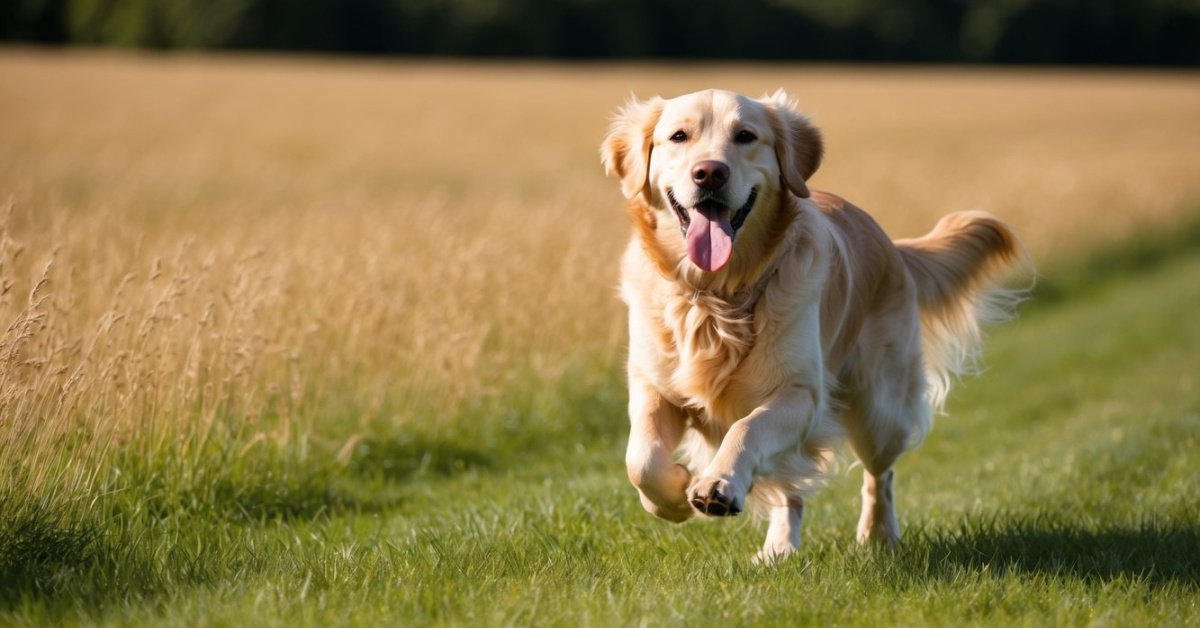As a proud owner of a Golden Retriever, I know how much joy these lovable pups bring into our lives. However, with their big hearts and even bigger appetites, they can be prone to a serious condition known as bloat. Understanding how to recognize the signs of bloat is crucial for every Golden Retriever parent.
Understanding Bloat in Golden Retrievers
Bloat, also known as gastric dilatation-volvulus (GDV), poses a serious risk to Golden Retrievers. Recognizing its signs can save your pet’s life.
What Is Bloat?
Bloat occurs when a dog’s stomach fills with gas, food, or fluid and expands. If the stomach rotates, it blocks blood flow. This condition can escalate rapidly, leading to shock or death. Golden Retrievers are particularly prone to bloat due to their deep chests and rapid eating habits.
Causes of Bloat in Golden Retrievers
Several factors contribute to bloat in Golden Retrievers:
- Genetics: A family history of bloat increases risk.
- Age: Older dogs often experience higher bloat rates.
- Diet: Feeding dry food or high-fat meals can trigger bloat.
- Eating Behavior: Eating quickly or after vigorous activity raises the likelihood.
- Stress: Anxiety can lead to changes in stomach dynamics, contributing to bloat.
Recognizing these causes helps me take preventative measures for my Golden Retriever.
Signs and Symptoms of Bloat
Recognizing the signs of bloat in Golden Retrievers is critical for prompt action. Owners should look for both behavioral changes and physical symptoms to ensure their pets receive necessary care.
Behavioral Changes
- Restlessness: I often notice my dog pacing or unable to settle down, which signals discomfort.
- Whining: A change in vocalization, such as increased whining or yelping, can indicate distress.
- Hiding: Some dogs seek isolated spots or retreat when they’re not feeling well, which may suggest bloat.
- Unwillingness to Lie Down: If my Golden refuses to lie down, it could signal tummy trouble.
Physical Symptoms
- Abdominal Distension: A visibly bloated or swollen belly indicates a potential problem.
- Rapid Breathing: If my dog shows increased respiratory effort, it’s a concerning sign of potential bloat.
- Pacing or Turning in Circles: Dogs may exhibit unusual behaviors, like pacing or circling, due to discomfort.
- Inability to Vomit: Signs of unproductive retching or attempting to vomit without success can signify bloat.
- Weakness or Collapse: A lethargic or weak dog, possibly leading to collapse, requires immediate attention.
Being aware of these signs enables me to act quickly if I suspect bloat in my Golden Retriever.
Risk Factors for Bloat
Understanding the risk factors for bloat helps me take preventive measures for my Golden Retriever. Several elements contribute to the likelihood of developing this serious condition.
Age and Size
Age significantly impacts the risk of bloat. Older dogs, particularly those over the age of 7, face a higher chance due to potential gastrointestinal changes over time. Size plays a crucial role as well. Golden Retrievers, classified as large breed dogs, possess deep chests. This anatomical feature predisposes them to bloat, as their stomachs can expand more easily than in dogs with shallower chest structures.
Eating Habits
Eating habits influence the risk of bloat dramatically. Rapid eating is a primary concern. Dogs that consume meals quickly often gulp air along with their food, leading to gas accumulation. Feeding my Golden Retriever smaller, more frequent meals can help mitigate this risk. Additionally, avoiding exercise immediately before and after meals reduces the chances of gastrointestinal distress. Feeding methods, such as using slow-feeding bowls or food puzzles, can also encourage a more controlled eating pace.
When to Seek Veterinary Help
Recognizing bloat in Golden Retrievers can be a matter of life and death. Seeking veterinary help promptly increases the chances of recovery.
Immediate Actions to Take
If I suspect bloat in my Golden Retriever, I’ll act immediately. I’ll contact my veterinarian or an emergency animal hospital without delay. It’s important to avoid home remedies or waiting to see if symptoms improve. I need to monitor my dog closely for further signs of distress, such as increased pacing, drooling, and changes in breathing. If my dog collapses or becomes unresponsive, I’ll prioritize getting them to a veterinary professional as quickly as possible.
Long-Term Considerations
Long-term strategies help minimize the risk of bloat in my Golden Retriever. I’ll opt for multiple smaller meals throughout the day instead of one large meal, which aids digestion. I’ll incorporate slow-feeding bowls to slow down eating and discourage gulping. Monitoring my dog’s activity level around mealtimes is also essential; I’ll avoid vigorous exercise within an hour before and after meals. Regular check-ups with my veterinarian ensure any risk factors are managed properly, contributing to overall health and well-being.
Conclusion
Being a Golden Retriever owner comes with so much joy but also responsibility. Recognizing the signs of bloat is crucial for keeping our furry friends safe and healthy. I can’t stress enough how important it is to stay alert and act quickly if we notice any unusual behaviors or symptoms.

« How to Spot Lyme Disease in Golden Retrievers: Key Signs and Prevention Tips
Essential Tips for Golden Retriever Health in Multi-Dog Homes »
By understanding the risk factors and implementing preventative measures like feeding smaller meals and avoiding exercise around mealtime, we can help reduce the chances of bloat. Regular vet check-ups are also a key part of ensuring our pups stay in tip-top shape.
Let’s stay informed and proactive to enjoy many happy years with our beloved Goldens.











